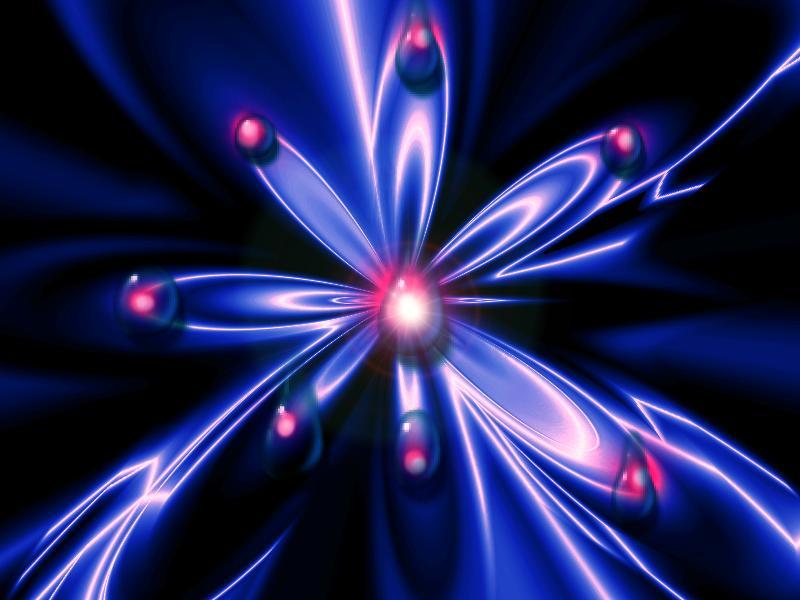Is nuclear fusion closer?

The outcome of the Jet project in England may have brought nuclear fusion technologies closer to commercialization
A team of researchers from the Eurofusion consortium produced 59 megajoules from a sustained five-second reaction – enough energy to boil around 60 kettles – in an experiment at the Joint European Torus facility in Oxford, England.
"These historic achievements have taken us a huge step forward in conquering one of the greatest scientific and engineering challenges," said Ian Chapman, chief executive officer of the UK's Atomic Energy Authority.
JET, the result of the collaboration between EU member states, Switzerland, the United Kingdom and Ukraine, founded in 1978, is the largest and most powerful operational "tokamak" machine in the world. The project, first pioneered by Soviet scientists in the 1950s, uses powerful magnets to hold a plasma of two hydrogen isotopes – deuterium and tritium – in place as it is heated to temperatures warmer than the sun so that atomic nuclei they merge, releasing energy.
In half a century of experiments around the world, scientists have not been able to generate more energy from a fusion reaction than the energy-intensive system consumes.
Arthur Turrell, whose book The Star Builders traces the decades-long effort to achieve fusion energy, said the successful test, which doubles the previous 22 megajoule energy production record set by JET in 1997, is a big step forward. “In terms of power it is equivalent to about four wind turbines. .. it is close to the industrial scale ".
Unlike nuclear fission, when atoms are split, fusion produces no significant radioactive waste. But the biggest challenge in making the merger commercial is how to sustain the reaction and keep it from going extinct.
This means that sustaining energy production for five seconds was particularly significant, Turrell said. "It might not sound that impressive, but five seconds is an incredibly long time in nuclear time scales," he said.
Advances made at JET should fuel future Iter experiments, the world's largest nuclear fusion project, currently under construction in France at a cost of more than $ 20 billion.
"If we can hold the fusion for five seconds, we can do it for five minutes and then for five hours as we scale up our operations in future machines," said Tony Donné, head of the Eurofusion consortium that ran the experiment.
Fusion energy has a lot of skeptics given how long it has taken to make progress, but its promise as a tool to combat climate change has raised interest over the past decade.
Fusion energy would not emit greenhouse gases, and supplies of chemical inputs are essentially inexhaustible. There are about 5 g of deuterium in each seawater bathtub and while tritium is less accessible, it can be extracted from the commonly found metal lithium, or generated in the reaction itself. A small glass of fuel could theoretically power a home for hundreds of years.
JET and Iter are two of several large publicly funded fusion projects around the world, but private sector money has also flowed into fusion energy start-ups. Total private sector funding reached more than $ 3 billion by the end of 2021, with some of the firms aiming to provide commercial power in 2030.
George Freeman, UK Minister for Science, Research and Innovation, said the UK is committed to helping fusion energy succeed. "We are determined to make sure we adopt it in our energy mix and to make it clear to the energy sector that this technology is on its way."
(Extract from the press review of eprcomunicazione)
This is a machine translation from Italian language of a post published on Start Magazine at the URL https://www.startmag.it/energia/reattore-jet-fusione-nucleare/ on Sat, 12 Feb 2022 07:00:44 +0000.
